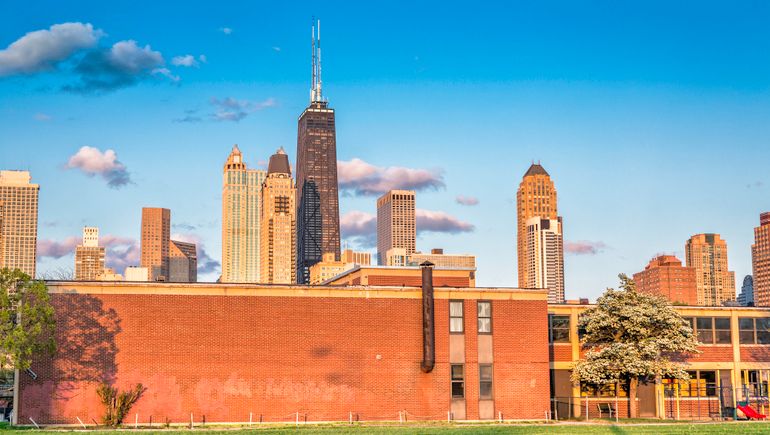Dive Brief:
- Chicago school principals, assistant principals and other staff in supervisory positions can now unionize and bargain collectively, under a measure signed into law by Illinois Gov. J.B. Pritzker in February.
- The law, known as HB5107, does come with some limitations: Those covered cannot go on strike, and anyone whose position includes a significant role in negotiations or collective bargaining agreements cannot participate in unions.
- In gaining the right to unionize, Chicago joins the ranks of other large urban districts that have principal unions, such as in Philadelphia, New York City, Los Angeles and Newark, New Jersey.
Dive Insight:
The new law raises questions about unions’ roles in complicated school budget negotiations but also in whether unions help improve turnover in administrative positions.
In 2022, there were 638 principals and 536 assistant principals working in Chicago Public Schools, or CPS, according to a report by the Chicago Public Education Fund.
It’s expected that the new law will lead the district to eventually conduct contract negotiations with two different unions, one for administrators and one for teachers, according to a January statement from Fitch Ratings, which provides credit ratings for school districts among others.
Because of this, the new law will add “another layer of labor negotiation in a district well-known for its standoffs between mayors and CPS and union leadership,” Fitch said.
Districts are likely to face a fiscal cliff as their last obligation deadlines for federal COVID-19 relief dollars approach in September 2024. At the same time, system leaders — like those in Chicago — are facing pressure to increase salaries in the competitive labor market, Fitch added.
“While HB5107 will not affect CPS’s rating in the short-term, CPS’s ability to manage labor conflict could affect credit quality over time,” the rating agency said.
Chicago is also not immune to staffing shortages at the administrator level. Principal retention in Chicago Public Schools fell from 94% to 85% between 2021 and 2022, according to the Chicago Public Education Fund report. That rate remains above the national average of 82%, the fund said.
Since the pandemic, principal turnover has grown nationwide, hitting 16% by the end of 2021-22 school year, according to a recent RAND Corp. report. That’s a 13 percentage point increase above pre-pandemic levels.
When done right, unions can help create more job stability and reduce turnover, said Robert Bruno, a professor of labor and employment at the University of Illinois Urbana-Champaign. That’s because these negotiated contracts often improve pay and working conditions, he said.
“What all that points to is a much lower incentive to quit or to turn over,” Bruno said.
Principal unions are fairly common among larger urban school districts, he said. “Chicago was the exception,” Bruno said, and it’s late to the trend among similarly situated districts.






Leave a Reply